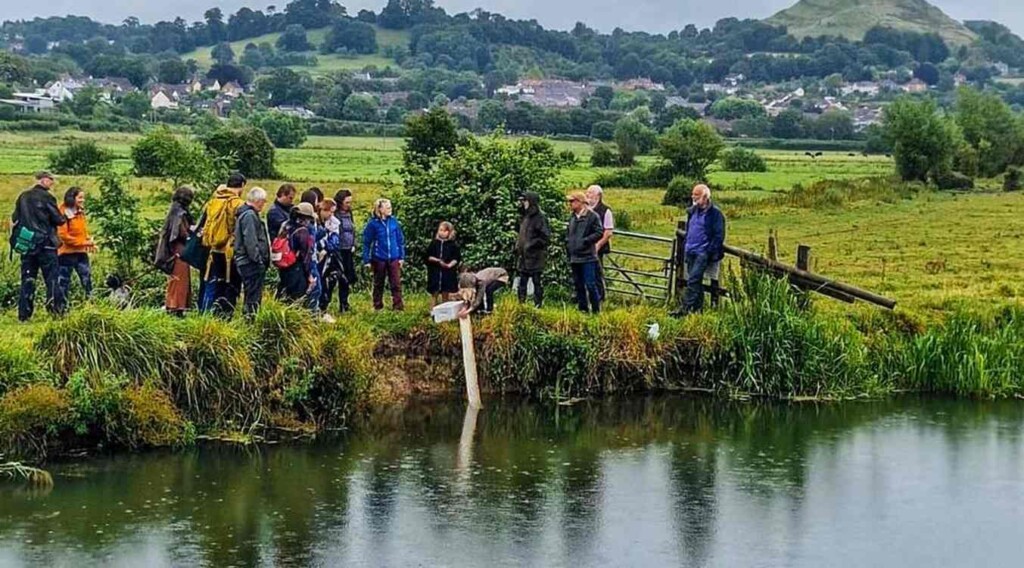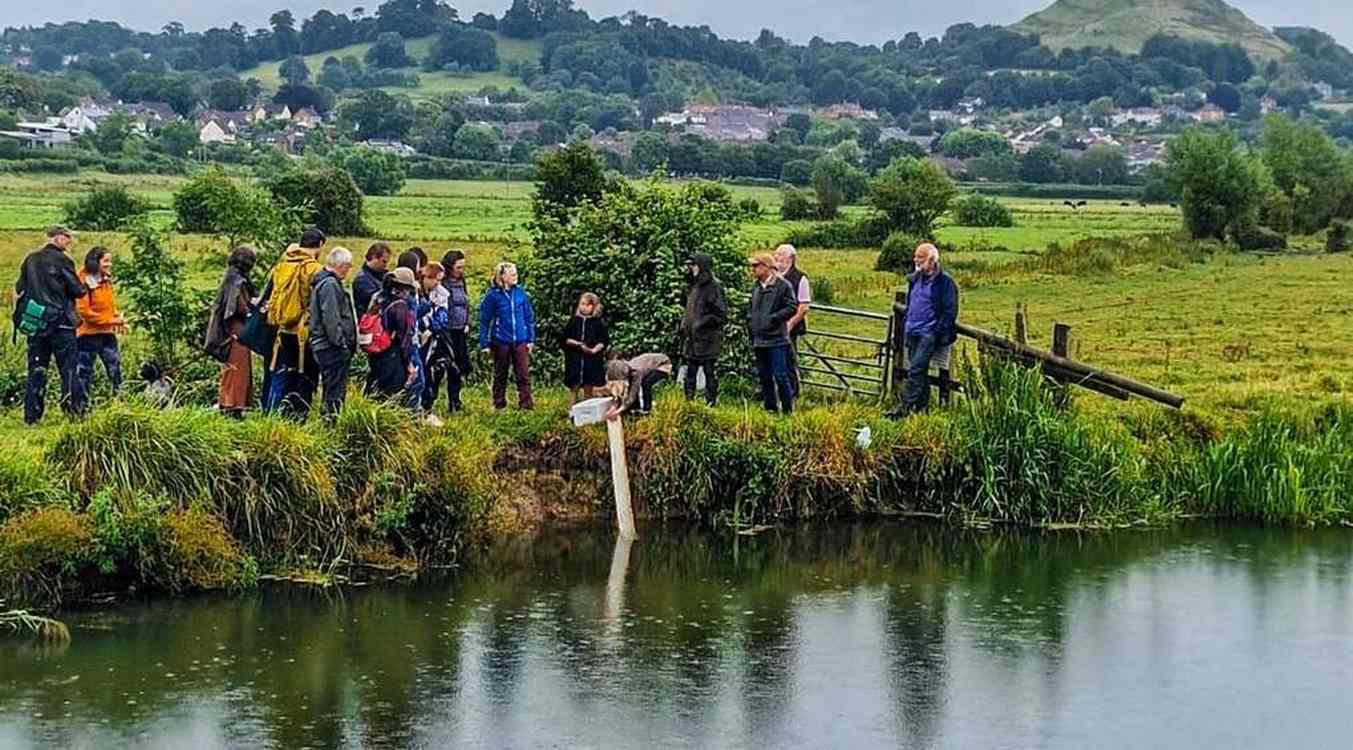
According to the reporter Amelia Hill, residents of southwest England used to be able to pay their land rent with their catch of European eel.
She continues: songs were sung about the eel, lanes and canals and beaches were named after the eel; but those days are nearly gone.
With eel populations down 99% in Somerset county, a group of conservationists dedicated as much to folklore as to science, are making a difference in reviving the eel’s presence in Somerset’s waterways as much as in Somerset’s people.
There are all kinds of different ways to run a conservation program to save an endangered species, but it’s almost guaranteed you’ll never have read anything like what the Somerset Eel Recovery Project gets up to.
Amelia Hill spoke with one of the project’s co-founders, Vanessa Becker-Hughes, for a piece in the Guardian concerning exactly what it takes to save the European eel in England from disappearing.
“I try to come at it from different angles. Sometimes we do science, sometimes we do a river blessing. But it’s all about connection,” said Becker-Hughes.
“We make straw ropes, which we put over barriers. They get wet and the little glass eels use them to climb up and over. But more than that it gets people to visit these weirs. They notice the water. They count the eels. They start to care.”
Try to find straw ropes and river blessings at the WWF.
They are direct connections to an older England, when eels would swim into the tidal Somerset wetlands by the thousands, filling local water channels in an annual migration reminiscent of the salmon run in America’s Pacific Northwest.
UNORTHODOX CONSERVATION: School Kids Help Ensure Mountain Pygmy Possum Population Bounces Back in Australian Alps
These are the kinds of memories that the project weaves into their conservation work alongside the straw ropes: something almost mythical that will get residents to remember their connection to the land and its natural heritage. To keep that enthusiasm and magic alive, the project has installed eel aquariums in 60 county schools so children can look at the keystone species in the arch of local history.
When out in the field singing songs or blessing rivers, the volunteer conservationists are also using state-of-the-art environmental DNA test kits in Somerset’s water channels to bring back for laboratory testing to estimate the population density of the eels in the area through tiny fragments of DNA spread through urine, skin, and other traces.
The animal’s decline was linked to the increased presence of weirs and other dams and barriers that prevented its dispersion. Additionally, a parasitic nematode has been confirmed to infest the area and damage the animals’ swim bladders.
MORE FOLKLORE-WORTHY ANIMALS: Yurok Tribe Celebrates Again as Ancestral Homelands are Returned–in Wake of Historic Dam Removal
The Somerset Eel Recovery Project also runs a captive breeding program for the eels, and regularly release eel fry into waterways deemed safe and suitable for their populations.
With such dedication, the project stands a good chance of making sure this iconic little swimmer and the songs written in its honor, both stand the test of time.
SHARE This Inspiring Group Of Conservationists With Your Friends…


Leave a Reply